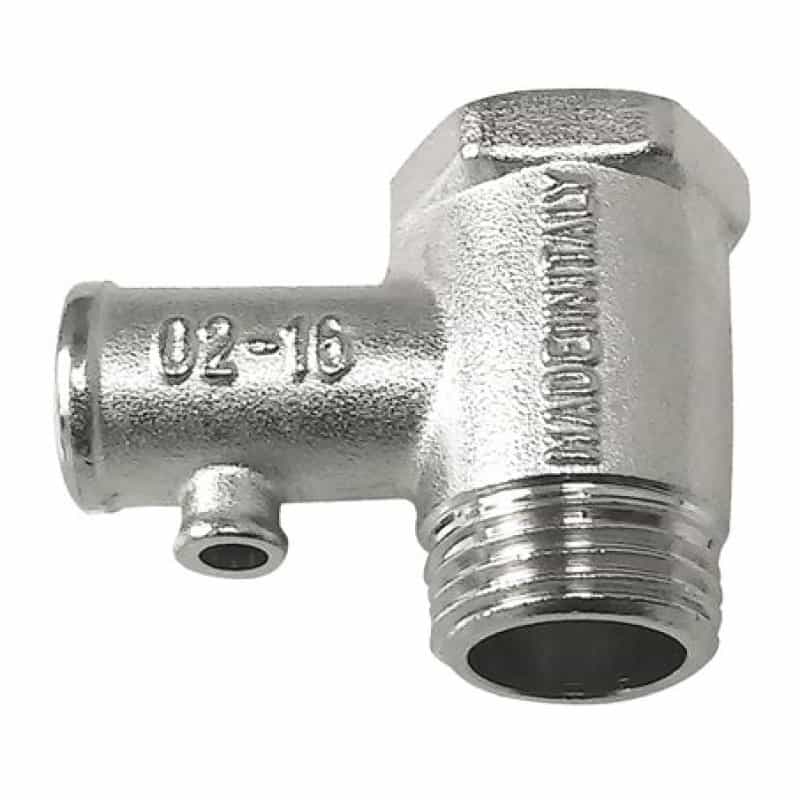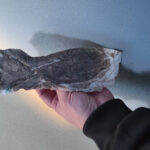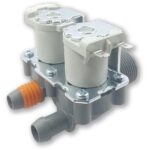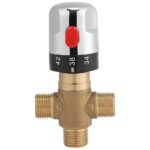Safety Valve of the Solar Water Heater
The safety valve is one of the most critical components of a solar water heater, as it ensures the safe operation of the system by protecting against excessive pressure or temperature.

In cases where the water inside the heater overheats or the pressure rises beyond safe limits, the safety valve activates, preventing possible damage or accidents.
How the Safety Valve Works
The safety valve is set to open automatically when:
- Pressure Exceeds the Allowed Limit
Usually, solar water heaters operate with pressures up to 6-10 bar, depending on the model. If the pressure exceeds the limit, the valve releases water to reduce the pressure. - The Water Temperature Exceeds Limits
If the water in the tank overheats, the safety valve opens to prevent damage due to expansion.
Advantages of the Safety Valve
- Explosion Protection: Prevents the buildup of excessive pressure that could cause damage to the tank or pipes.
- Automatic Operation: No human intervention is required to activate it.
- Easy Maintenance: Replacement or cleaning is relatively simple.
Maintenance and Inspection
Proper functioning of the safety valve is vital for the safety of the water heater:
- Periodic Inspection: It is recommended to check every 6-12 months to ensure it operates correctly.
- Scale Removal: In areas with hard water, scale can accumulate and affect its operation.
- Replacement: If the valve leaks or does not activate properly, it must be replaced immediately.
Types of Safety Valves
- Pressure Valves: Activate only when pressure exceeds the limit.
- Pressure and Temperature Valves (PT Valve): Combine protection against excessive pressure and temperature.
Conclusion
The safety valve is essential for the proper and safe operation of the solar water heater. With regular maintenance and correct use, you can ensure the durability and efficiency of your system while protecting your installation from damage or malfunctions.
- Improvements in the Placement of the Data Logger - 29 January 2025
- Solar Water Heater Statistics – December 2024 - 10 January 2025
- Washing machines with dual water supply - 24 December 2024











